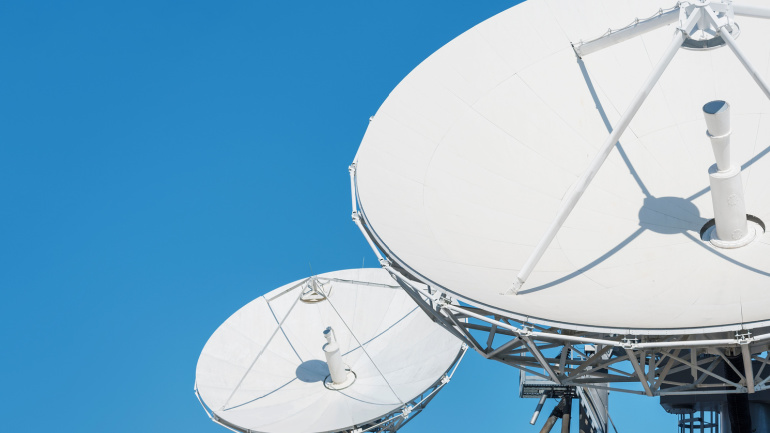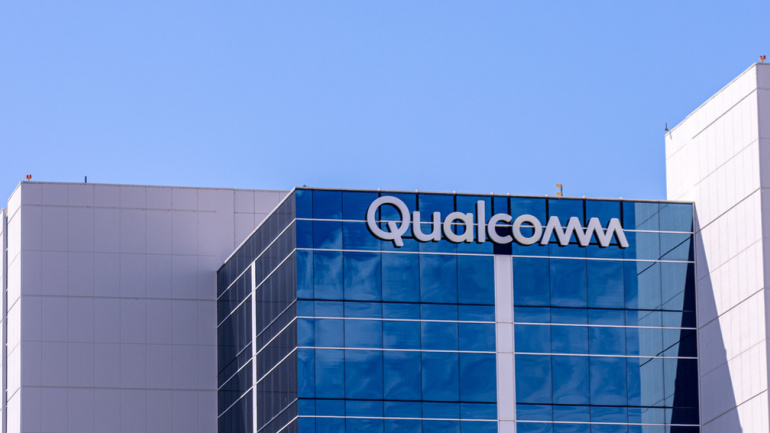A surprising surge in UK home broadband speeds reveals unexpected players in the game, with cable services outpacing full fibre. Yet, amid the rise of lightning-fast download speeds, the upload band still sees full fibre reigning supreme. Noticeably, cable packages prove their worth even under the gruelling test of peak hours. Nevertheless, experts advise not to overlook service quality when choosing broadband. A glimpse into the changing landscape of broadband services shows an intriguing volatility that leaves room for industry alterations and subscriber adaptation.
Prominent UK telecom companies like BT, VMO2, and Vodafone have been selected beneficiaries of government funding for research into Open RAN technology. Innovative projects, with a focus ranging from energy efficiency to security, will share in the £88 million ($121 million) funding. The main goal is to figure out whether Open RAN can rival traditional RAN, especially in high-traffic areas and rural deployments, in terms of cost, reliability and energy consumption.
Metazoa pioneers AI in Salesforce with their Intelligent Assistant, enhancing administrative capabilities. HP wows with its Spectre Fold, a versatile $5,000 three-in-one device. Japan’s blockchain AI market skyrockets, set to grow by 24.2% CAGR thanks to government support, business adoption, and venture capital investments. Lastly, Emoji 15.1 introduces fresh icons, including headshakes, a phoenix, and more.
Intermedia Cloud Communications, a leader in cloud solutions, proudly announces its seventh J.D. Power Certification for Outstanding Customer Support. This recognition highlights the company’s unwavering commitment to superior customer experiences.
Exploring efficient energy solutions, BT is turning to liquid cooling techniques to lower network switch power usage. Collaborations with Iceotope and Juniper hint at precision cooling for servers—a potentially industry-first initiative. Meanwhile, strategies with Immersion4, Nexalus, and Airsys run the gamut from full immersion to cooling-unit encased cold plates. Crucially, every energy-reduction experiment aids BT’s ambitious journey toward net-zero emissions by 2031.
Intelsat’s recent partnership with Telespazio paints a promising image of the future of global network operations. With the inclusion of Telespazio’s premier teleport facility, Fucino space centre, into Intelsat’s network, seamless European connectivity is underway. Moreover, the alliance caters to the growing global demand for managed satellite services, elevating the standard for high-profile sectors, while improving geospatial communication. This precise move highlights the tremendous potential of combining flexible solutions for global positioning.
Dutch telecom company Veon is adjusting the course of its Russian sector, VimpelCom’s, management buyout, initially agreed for $2.1 billion. The transaction now fully hinges on VimpelCom absorbing part of Veon’s debt – a method born from necessity as sanctions hamper Russian financial institutions. This strategic exit is further complicated by EU sanctions on Russia’s National Settlement Depository inhibiting interest collection on Veon’s Eurobonds.
In a strategic move, Intel has decided to sell 10% of IMS Nanofabrication to Taiwan Semiconductor Manufacturing Company (TSMC), aiming to accelerate the development of cutting-edge lithography technology, vital to the production of state-of-the-art semiconductors. IMS, a leading producer of essential chip-manufacturing components, plays an essential role in the complex world of mobile devices and similar applications. The investment is expected to enhance IMS’ independence to address significant growth opportunities for multi-beam mask writing tools.
Discover how Belgium’s telecommunications giant Proximus has embraced 5G technology and AI-powered vision to resolve an age-old warehouse challenge – instantaneous inventory tracking. By using 5G-enabled drones, warehouse managers can have continuous oversight and control of stock levels. This advanced management system contrasts sharply with traditional methods of RFID tags and barcodes, that despite being effective, have notably limitations due to their laborious nature.
Apple’s pursuit of self-reliance in 5G technology is put to the test as it continues its reliance on Qualcomm’s Snapdragon 5G Modem‑RF Systems till 2026. Despite acquiring Intel’s modem segment after a failed business collaboration, Apple’s efforts to create an in-house 5G modem cast doubt on its separation from Qualcomm. The competition intensifies with Huawei’s claim of a successful 5G modem design, amidst the encroaching discussions on 6G technology.













